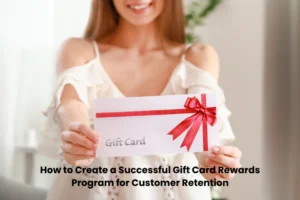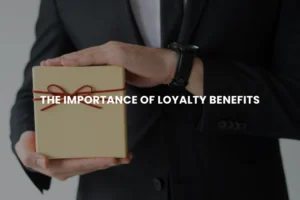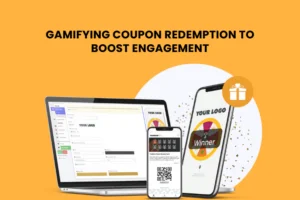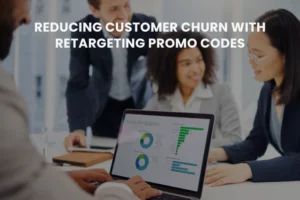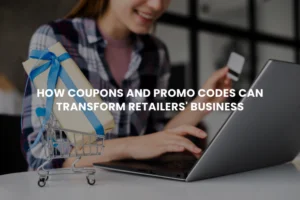
Enhancing Your Marketing Mix: Powerful SMS and Email Strategies
SMS and email marketing remain robust channels in the digital marketing arsenal, offering direct and personal communication with high engagement rates. To maximize their impact, businesses need to adopt a strategic approach, focusing on the content of messages, timing, and integrating real-world success stories. Here’s how you can optimize your SMS and email marketing efforts for maximum effectiveness.
Crafting Effective Communications
The key to successful SMS and email marketing lies in crafting messages that are clear, concise, and compelling.
Here are examples of how communications should be structured for both channels:
For SMS:
- Promotional Offers: “Flash Sale! 20% off all items until midnight. Use code FLASH20 at checkout. Shop now: [link]”
- Appointment Reminders: “Hi [Name], just a reminder about your appointment with us on [Date] at [Time]. Reply YES to confirm or NO to reschedule.”
- Event Alerts: “Don’t miss our live webinar on [Date]! Discover the latest trends in your industry. Register free: [link]”
Timing Your SMS Campaigns
The timing of SMS and email campaigns can significantly affect their success. Messages should be sent when recipients are most likely to read and act on them:
- For Engagement: Messages sent between 5 PM and 8 PM tend to see a 6% higher click-through rate, as this is when many are relaxing post-dinner.
- For Conversions: The morning hours between 8 AM and 11 AM are optimal for conversions, showing a 7.5% higher rate. This peak time is likely due to decisions made after evening browsing.
- For Revenue: To maximize revenue per send, aim for 12 PM or 8 PM, aligning with lunch breaks and evening downtime. Generally, mornings from 8 AM to 12 PM achieve a 5.5% higher revenue per send than other times.
For Email:
- Promotional Offers (Subject Line): “Tonight Only: Save 20% on Everything!”
- Appointment Reminders (Subject Line): “Reminder: Your Appointment with Us on [Date]”
- Event Alerts (Subject Line): “Join Us Live on [Date] – Free Registration Inside!”
Each message, whether SMS or email, includes a direct call to action, ensuring recipients know exactly what to do next. The email subject lines are designed to catch the eye and immediately convey the message’s value, increasing the likelihood of the email being opened and acted upon.
Timing Your Email Campaigns
Highest Open Rates: Emails sent on Tuesdays typically experience the highest open rates.
Best for Conversions: Fridays are most effective for achieving higher conversion rates.
Day of the Month: Sending emails on the first day of the month can lead to better sales outcomes.
Best Time of Day: Consider dispatching emails at 8 a.m., 2 p.m., or 5 p.m. for optimal engagement.
Segmentation and Personalization
Utilize customer data to segment your audience based on demographics, purchase history, and behavior. Tailor messages to fit the specific needs and interests of each segment. For example, send targeted offers to customers who frequently purchase certain types of products. Personalization can significantly increase the relevance of the messages, which in turn boosts customer engagement and conversion rates for both SMS and email.
Engaging Content Beyond Promotions
While promotions can drive immediate sales, consider using SMS and email to deliver value through engaging content. For example, send tips related to products the customer has purchased, or informational content relevant to the customer’s interests. This approach helps build a relationship beyond transactional interactions.
Optimization Through Testing
Implement A/B testing for your SMS and email campaigns to determine what works best. Test different messages, send times, and calls to action to see what yields the highest engagement and conversion rates. Use this data to refine future campaigns.
Utilizing Feedback
Use both SMS and email to gather valuable customer feedback. After a purchase or interaction, a simple survey can provide insights into customer satisfaction and areas for improvement. This not only helps in refining your offerings but also makes customers feel valued and heard.
Case Study: Boutique Apparel Store Boosts Sales with Integrated SMS and Email Campaigns
Background: A boutique apparel store, specializing in custom and designer wear, aimed to increase its seasonal sales and improve customer retention rates. Recognizing the potential of combining SMS and email marketing, they launched an integrated campaign to target their diverse customer base.
Strategy:
- Segmentation: Customers were segmented based on their purchase history, preferences, and demographics. This enabled personalized messaging that resonated with different customer groups.
- SMS Campaign: Short, time-sensitive offers were sent via SMS to alert customers about flash sales, last-minute deals, and exclusive previews. These messages included:
- “Exclusive VIP Sale this weekend! Extra 10% off for our SMS subscribers. Show this message in-store or use code VIP10 online.”
- “Exclusive VIP Sale this weekend! Extra 10% off for our SMS subscribers. Show this message in-store or use code VIP10 online.”
- Email Campaign: Longer, more detailed emails were used to provide comprehensive information about new collections, behind-the-scenes content, and extended promotions. These emails included:
- Subject Line: “Your Exclusive Preview of Our Summer Collection!”
- Content: Detailed descriptions of the collection, images of key pieces, and a call to action directing them to the website for a pre-sale purchase.
Timing:
- SMS: Sent during early evenings and weekends, when customers were most likely to be planning their shopping or out shopping.
- Email: Dispatched mid-week to maximize open rates and on the first day of new promotions to drive web traffic and sales.
Results:
- Sales Increase: The store saw a 30% increase in sales during the campaign period compared to similar periods without integrated campaigns.
- Engagement Rates: Open rates for emails increased by 25%, and SMS redemption rates grew by 40%.
- Customer Retention: Post-campaign analysis showed a 15% increase in repeat customer purchases, with many citing the personalized approach as a key factor in their continued patronage.
Conclusion:
This case study demonstrates the effectiveness of using an integrated approach to SMS and email marketing. By leveraging the strengths of both channels—immediate, actionable alerts via SMS and detailed, engaging narratives via email—the boutique apparel store was able to significantly boost sales and strengthen customer relationships. The success underscores the importance of understanding customer behaviors and preferences in tailoring marketing strategies that effectively use multiple channels.

